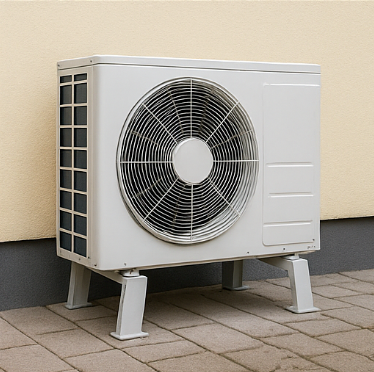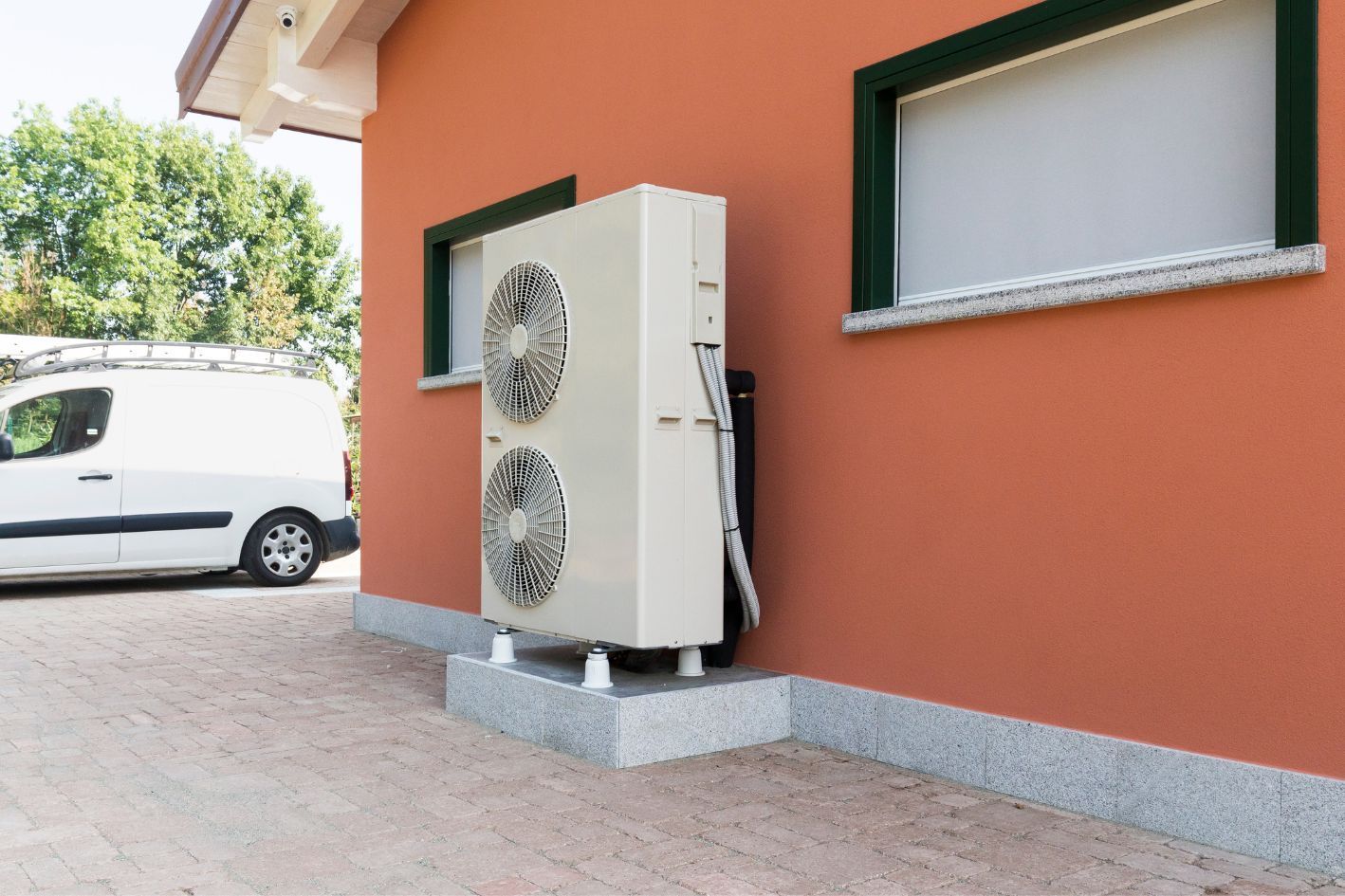Beyond Summer: How Air Source Heat Pumps Transform Your Pool Experience
As remote work becomes increasingly common, creating a comfortable and productive home office environment is crucial. Air source heat pumps have emerged as an excellent solution for maintaining optimal workspace conditions, offering heating and cooling capabilities with impressive energy efficiency.
The Perfect Climate for Productivity
Working from home requires a consistent and comfortable temperature to maintain focus and productivity. Air source heat pumps excel in providing precise climate control, allowing you to set the perfect temperature for your work environment. Whether it's keeping you warm during chilly mornings or cool during hot afternoons, these systems ensure your home office remains comfortable year-round.
Energy Efficiency and Cost Savings
One of the major advantages of air-source heat pumps is their energy efficiency. Your energy consumption naturally increases as you spend more time working from home. These systems can significantly reduce energy bills compared to traditional heating and cooling methods. By transferring heat rather than generating it, air-source heat pumps can be up to 300% efficient, producing three units of heat for every unit of electricity used.
Quiet Operation for a Focused Work Environment
Modern air source heat pumps are designed to operate quietly, essential for a home office setting. This low noise level ensures that sudden heating or cooling cycles won't disrupt your work calls and virtual meetings, allowing you to maintain a professional atmosphere at home.
The Installation Process: Minimal Disruption to Your Work
Installing an air source heat pump in your home is a straightforward process. It typically begins with a site assessment to determine the best location for the outdoor unit and the optimal placement of indoor units. The installation usually takes one to two days, depending on the system's complexity.
During the
installation, professionals will place the outdoor unit, install the indoor unit(s), and connect them with refrigerant lines. They'll also set up the electrical connections and control systems. The beauty of this process is that it causes minimal disruption to your home, allowing you to return to your work routine quickly.
Zoning Capabilities for Multi-Use Spaces
Air-source heat pumps offer zoning capabilities for homes where the office shares space with living areas. This feature allows you to set different temperatures for different areas of your home, ensuring your office is at the ideal working temperature without overheating or cooling the rest of the house.
By investing in an air-source heat pump, you're not just improving your home office environment; you're also
making a wise, long-term decision for your home's overall comfort and energy efficiency. As the work-from-home trend continues to grow, these systems provide an excellent solution for maintaining a productive, comfortable, and cost-effective home working environment.












